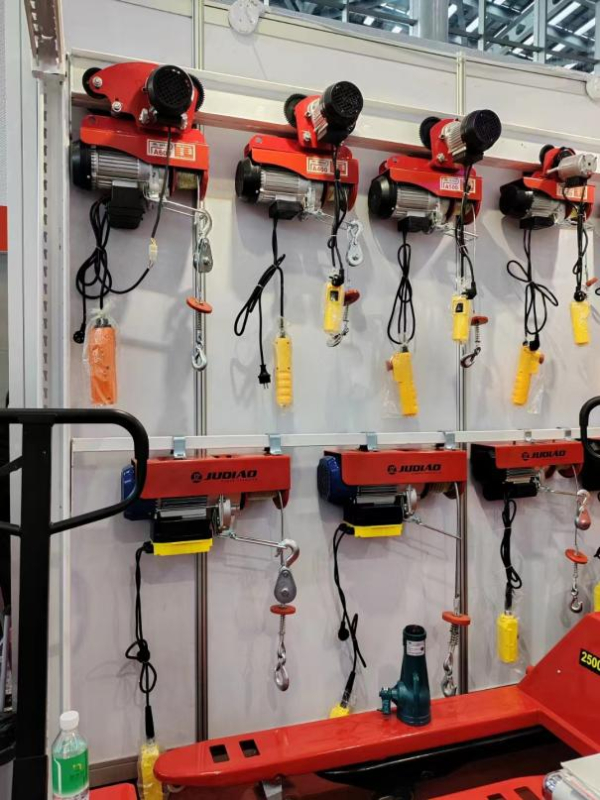


Handling Pallet Trucks A Comprehensive Guide
Pallet trucks, also known as pallet jacks or hand pallet trucks, are essential tools in warehouses, distribution centers, and retail settings. They are designed to lift and transport pallets safely and efficiently, making them indispensable in material handling operations. This article will provide an overview of how to properly handle pallet trucks, ensuring safety and efficiency in your daily operations.
Understanding Pallet Trucks
A pallet truck consists of two forks that slide under the pallet and a hydraulic lift mechanism that raises or lowers the load. Most pallet trucks are manual, requiring the operator to use a pump handle to elevate the load. However, there are also electric pallet trucks that provide powered lifting and mobility. Regardless of the type, proper training is crucial for safe operation.
Safety First
Safety should always be the top priority when handling pallet trucks. Before using a pallet truck, inspect it for any visible damage or mechanical issues. Check the wheels, forks, and hydraulic system to ensure everything is in working order. It’s also essential to wear appropriate personal protective equipment (PPE), such as steel-toed shoes and gloves, to minimize injury risk.
When operating a pallet truck, always maintain a clear path. Ensure that the area is free from obstacles, spills, or debris, which could lead to accidents. Additionally, be mindful of the load capacity; never exceed the truck's weight limit. Most manual pallet trucks can lift up to 5,500 pounds, while electric models may have different specifications.
Proper Handling Techniques

Using a pallet truck effectively requires good handling techniques. Begin by positioning the forks correctly under the pallet. Ensure they are fully inserted beneath the pallet, as this provides better stability during lifting. Grip the pump handle with both hands, and pump it steadily to raise the load. Once elevated, move the load carefully, keeping your body aligned with the truck to maintain balance.
When transporting a loaded pallet truck, keep the load as low as possible. This lowers the center of gravity and enhances stability, making it easier to navigate turns and corners. Avoid sudden movements or sharp turns, as this can cause the load to shift or tip over. Instead, make gradual turns and maintain a slow, steady pace.
Navigating and Stacking
When navigating through narrow aisles or crowded spaces, always be cautious. Look ahead and use your horns to alert others when approaching blind corners or intersections. If you need to stack pallets, ensure that the stack is stable and balanced. It’s best to stack pallets in a pyramid formation, with heavier items on the bottom and lighter items on top.
If you’re working in a team, communication is key. Use hand signals or verbal cues to coordinate movements, especially when maneuvering in tight spaces or handling heavy loads. This ensures that everyone is aware of their surroundings and can work together safely and efficiently.
Conclusion
Handling pallet trucks skillfully is vital for efficient warehouse operation. By understanding the equipment, prioritizing safety, and utilizing proper handling techniques, you can reduce the risk of accidents and improve productivity in your workplace. Remember that regular training and practice are essential for mastering the use of pallet trucks, ensuring that your team operates smoothly and safely in any material handling environment.



